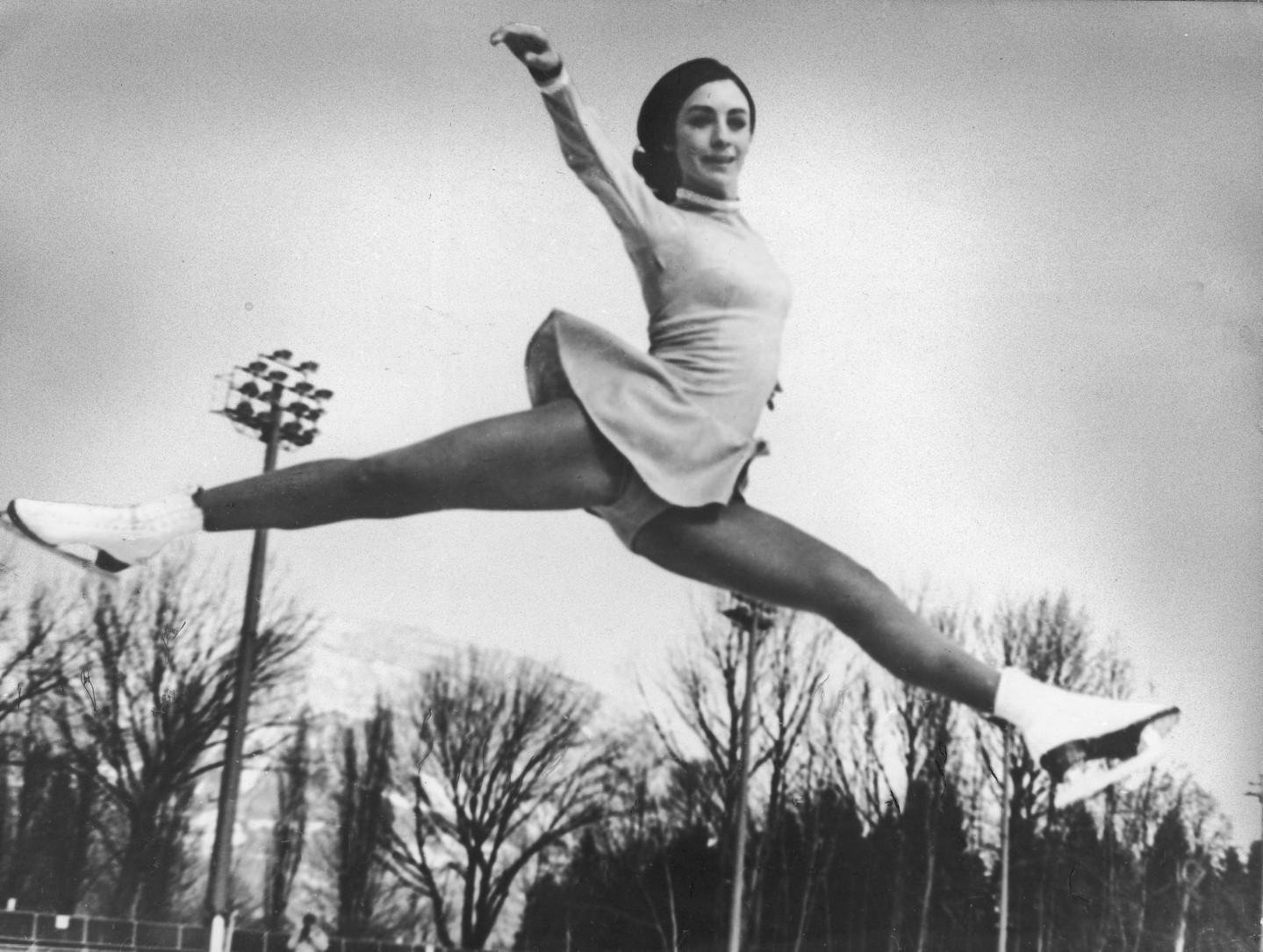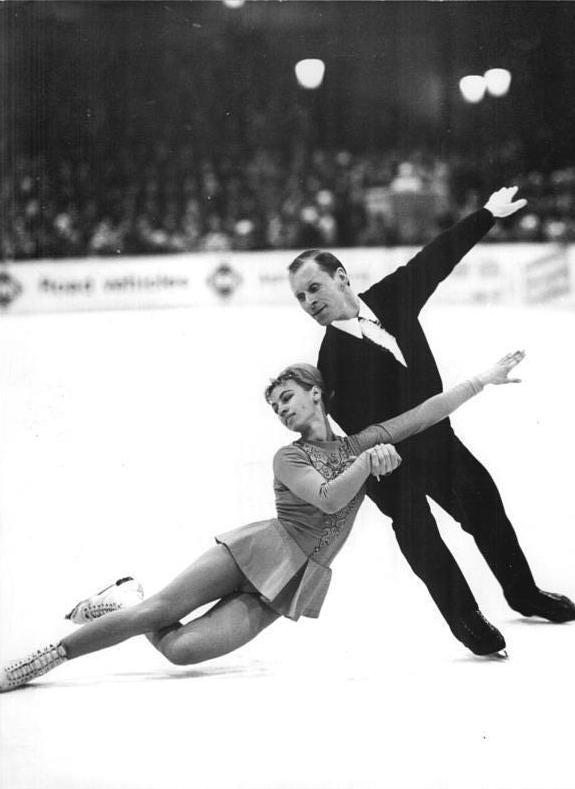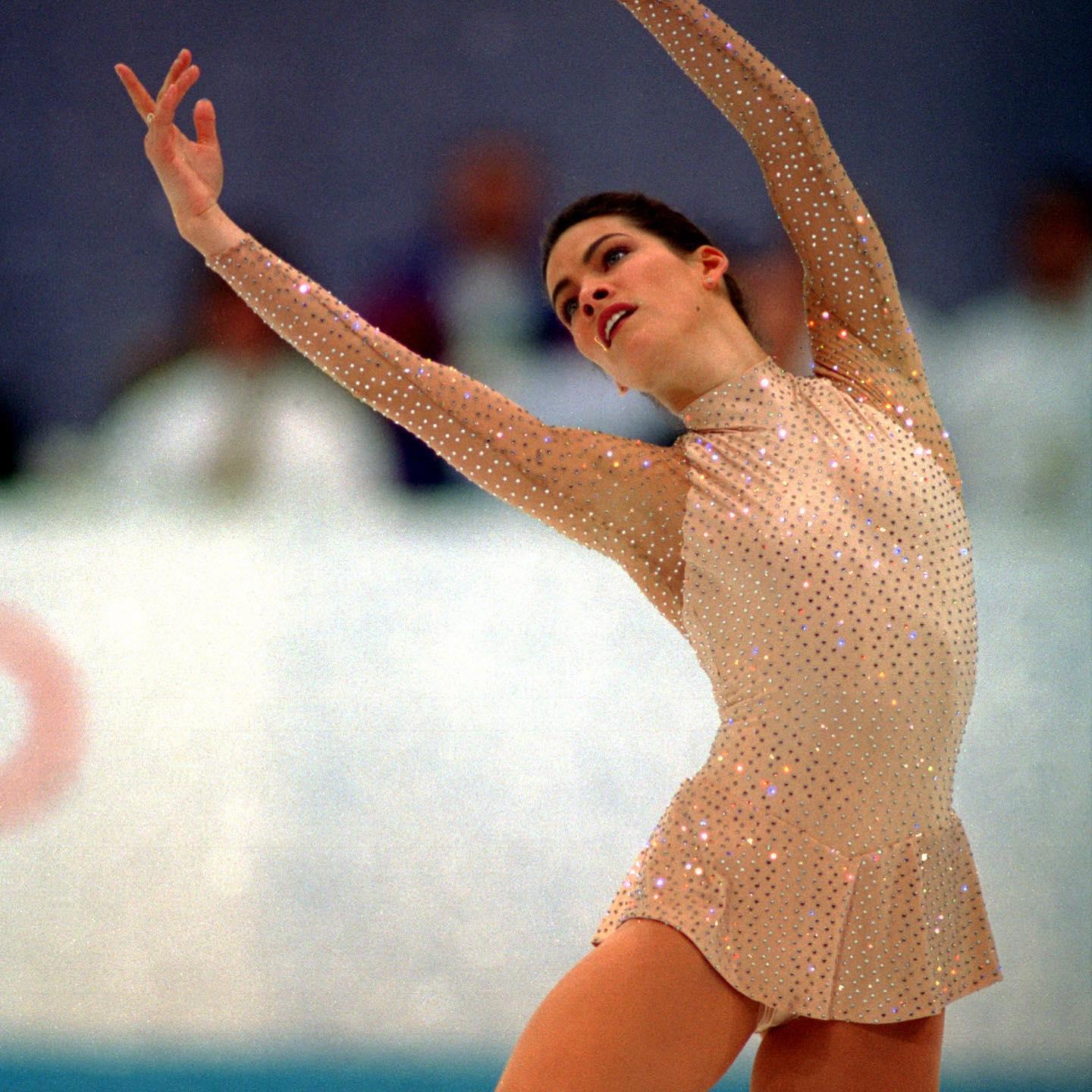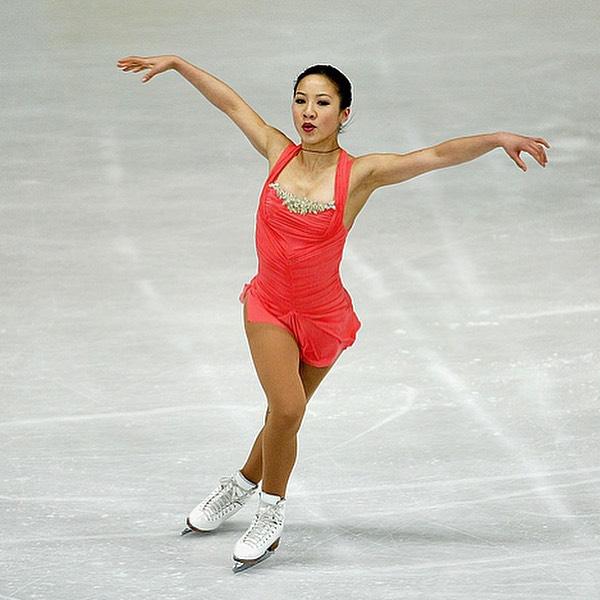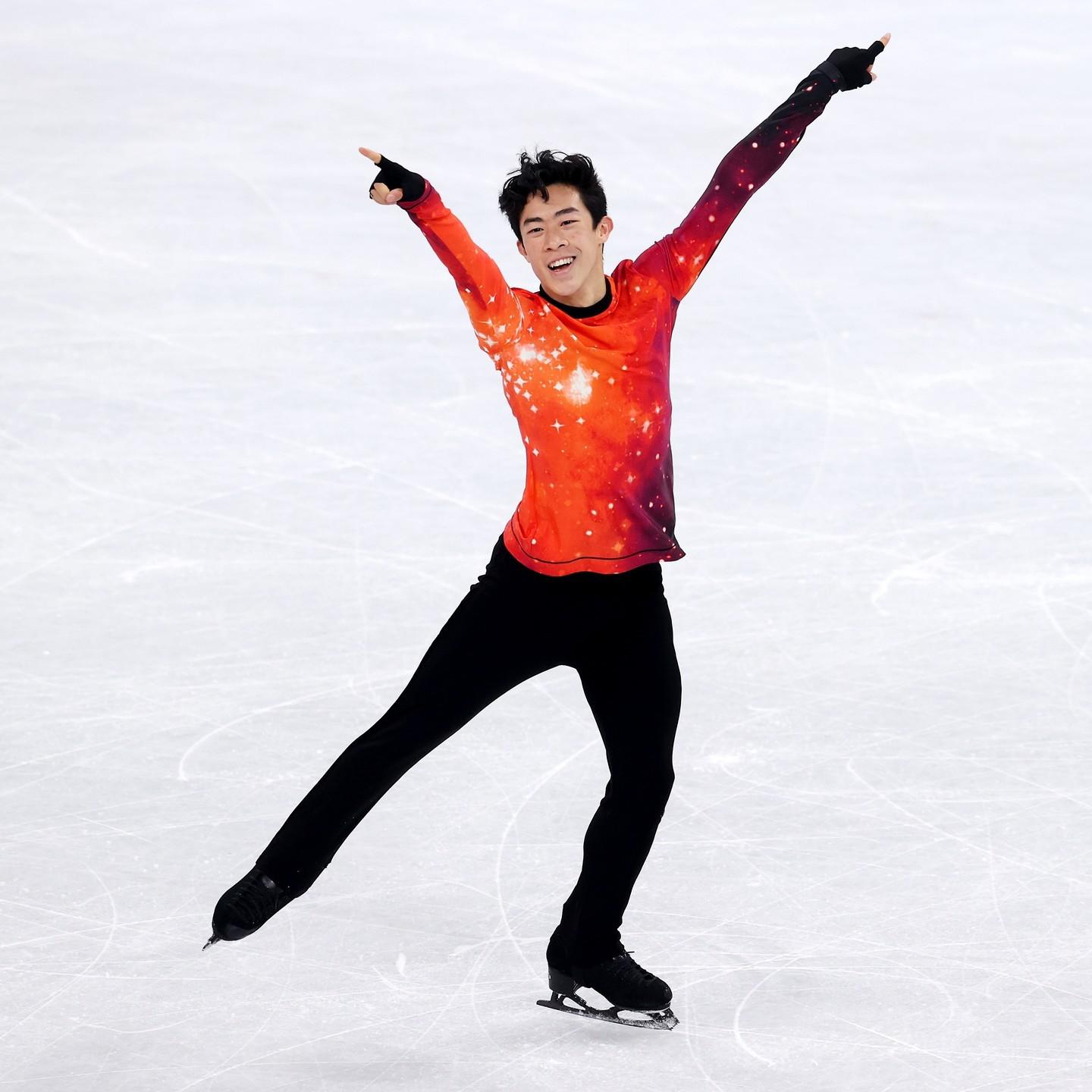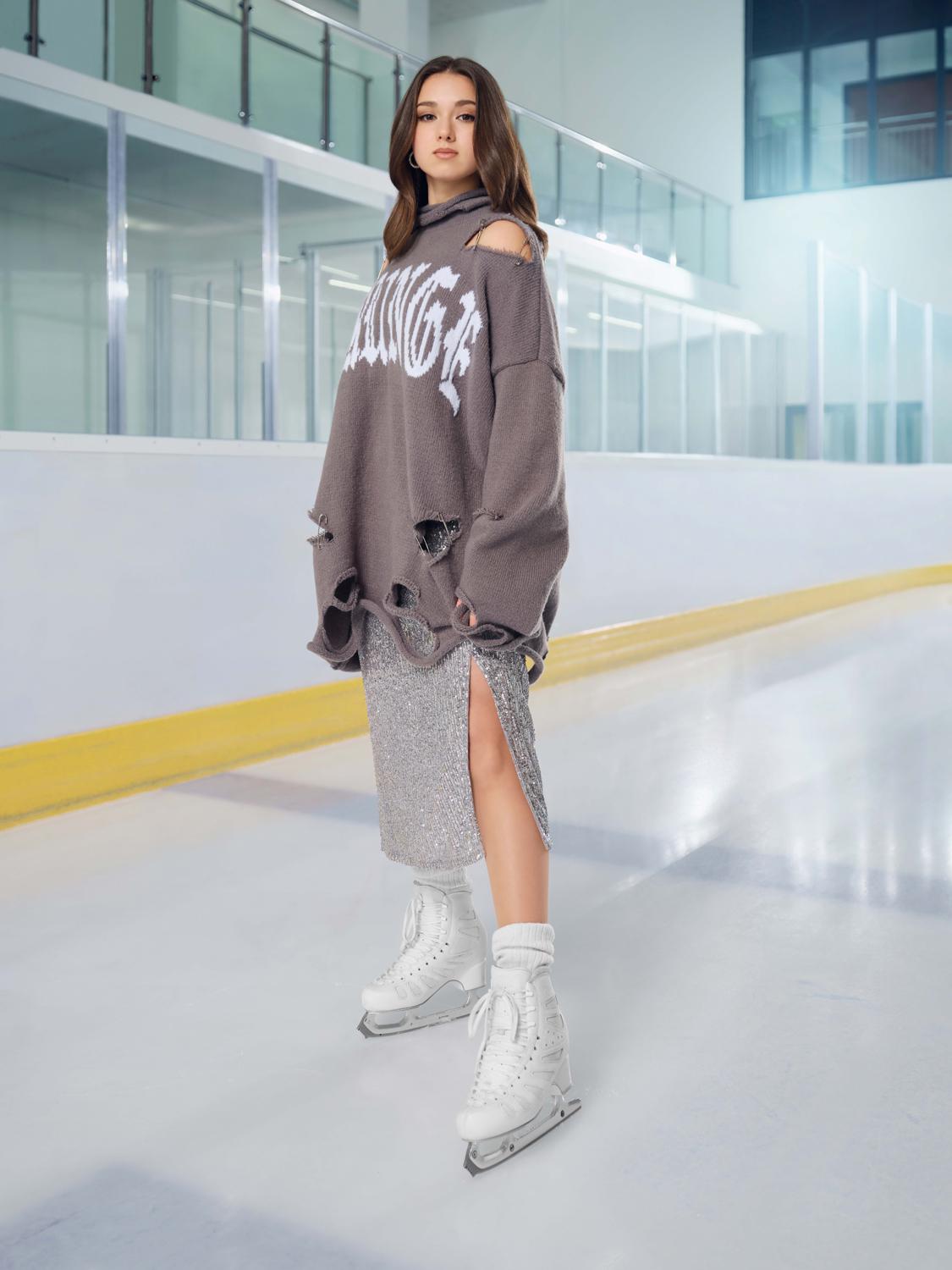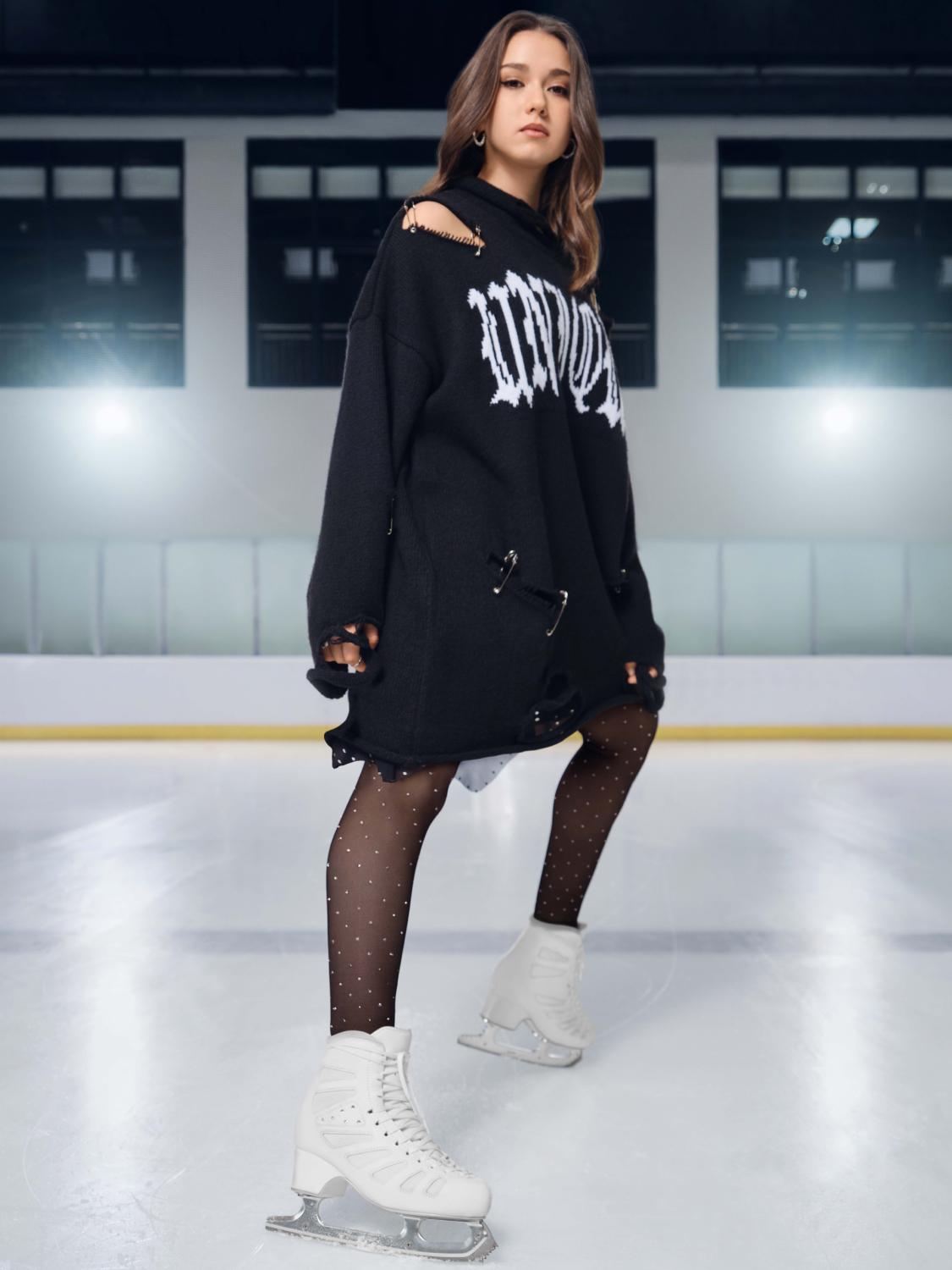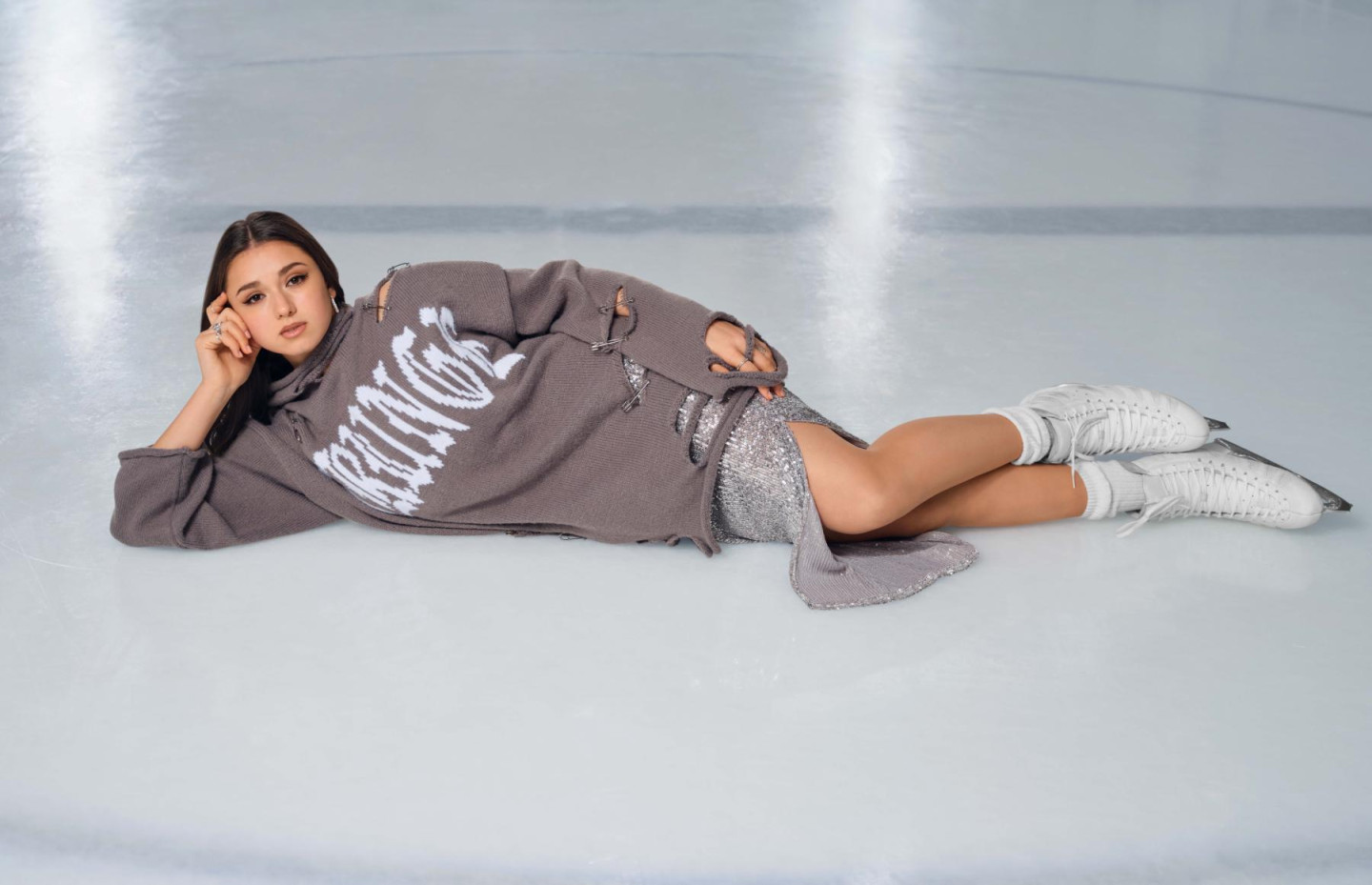
Figure skating is one of the most popular sports among European television viewers. This is supported by the fact that at the last Winter Olympics in Beijing, Russians were most looking forward to reporting from these competitions (along with biathlon and hockey). The point is not only that our athletes occupy leading positions in world figure skating, but also about the most complex sports elements, which only people with exceptional abilities and preparation can perform. The entertainment of this sport is also added by the costumes, which simultaneously reflect the theme of the performance, the personality of the athlete and the work of the artist, who in his work follows not only creative flair, but also strict requirements.
Skater costumes have gone through almost a century of evolution before arriving at what we see on the ice today. Madge Sayers, the first woman to win gold at the World Figure Skating Championships in 1906, competed in a Victorian blouse and ankle-length skirt, as well as ballroom gloves. Almost two decades later, at the first Winter Olympics in Chamonix, skirts became slightly shorter, and instead of blouses, athletes wore warm cardigans. The men, meanwhile, took to the ice for a long time in dapper suits and hats, as if ignoring the fact that they needed to jump the Axel. Then more comfortable trousers and sweaters appeared, and then – tight-fitting overalls with imitation of individual items of clothing (for example, a uniform or a frock coat).
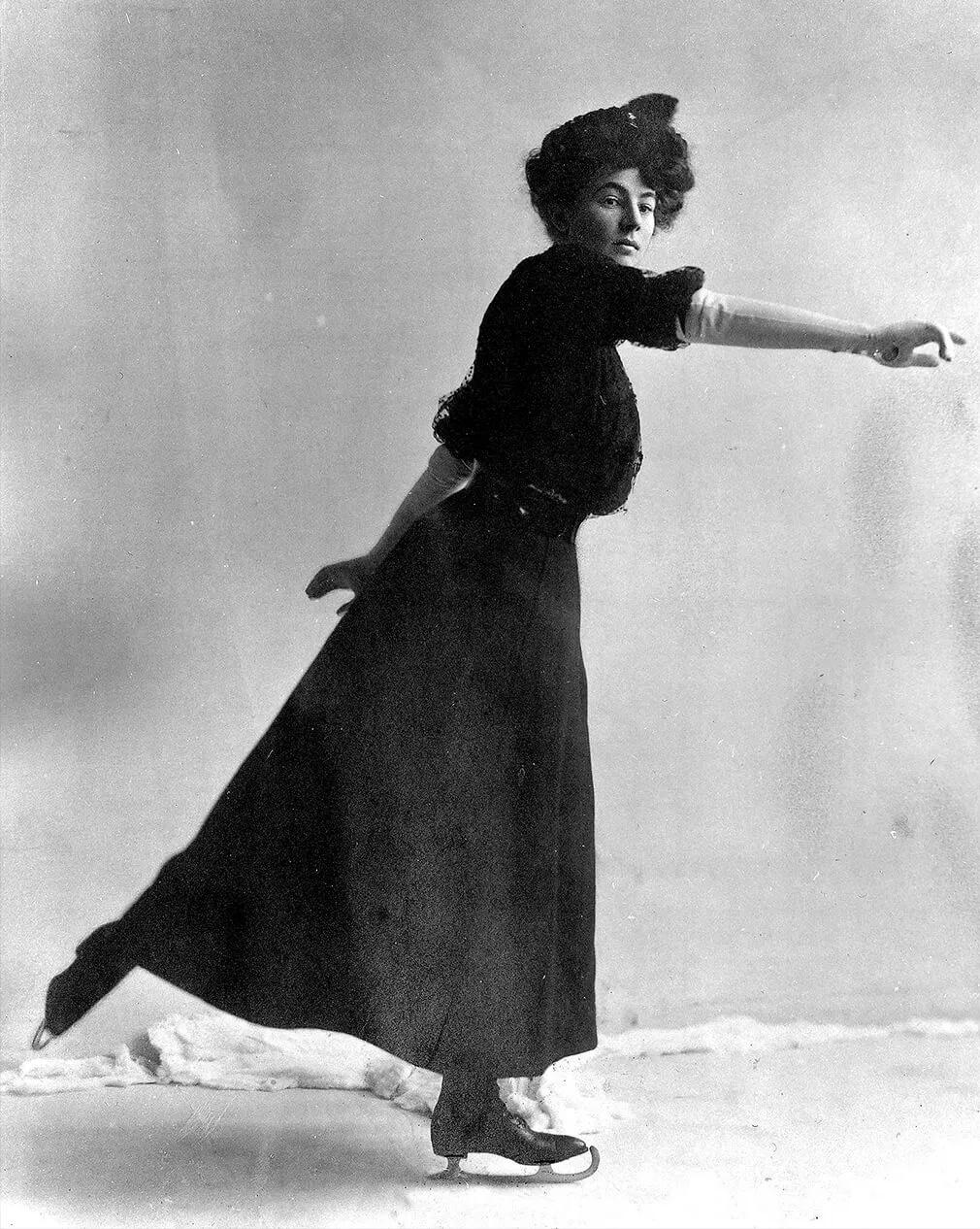
Madge Sayers, photo from Irving Brokaw’s The Art of Skating, 1910
Short skirts on women appeared in the 1930s, but there was no talk of any tight-fitting thin fabric from which figure skating costumes are made today – everything was knitted. Figure skaters also loved to wear hats and berets, which is hard to imagine these days – for every lost item during a performance, athletes receive a minus score. An equally popular but extremely risky element at the beginning of the last century was the belt – it completely disappeared by the 1960s, when one-piece suits rather than separates became more common. When talking about this, people often remember the green homemade dress of Peggy Fleming, who won gold at the 1968 Olympic Games, and the paired costumes of Soviet figure skaters Lyudmila Belousova and Oleg Protopopov. In the 1970s, as a tribute to the disco era, costume trim with rhinestones, feathers and mesh became popular.
The desire of competitors to prove themselves not only through sports records, but also through spectacular costumes in the late 1980s led to the emergence of the “Katarina Rule”. After the German athlete Katharina Witt decided to perform not in a dress, but in a bodysuit that was revealing even by those standards, the International Skating Union introduced a strict dress code for figure skaters. It prescribed covering the thighs, belly and buttocks, but did not prohibit self-expression through taffeta, chiffon, sequins and beads, as well as open arms and cleavage. Some of the rules were revised in 2003, but to this day athletes’ costumes should not be too revealing.
However, the main problem was different. Figure skating costumes are a very complex genre: the artists who work on them need to think first of all not about the appearance and thematic correspondence to the numbers, but about the convenience and safety of the athletes. “This is not for the faint of heart. If one strap breaks or a bead on the sleeve gets caught when turning, then their entire Olympics will be over. That’s how serious it is,” she explained in a conversation with People! Vera Wang.
The designer, best known for her wedding looks, is practically the only one in the global fashion industry who agrees to make costumes for ice performances. At various times, Wong has dressed Nancy Kerrigan, Michelle Kwan and Nathan Chen, including creating a bright orange sweatshirt with stars for the three-time world champion (at the 2022 Olympics, the American performed to Elton John’s “Rocketman”).
But why only Vera Wang? The thing is that in the past the designer herself was a professional figure skater (she started training at the age of six). Together with their partner James Stewart, they became one of the best duos in the United States and even qualified for the 1968 Games in Grenoble. However, the couple did not make it to the Olympic team. Stewart went into singles skating, and 19-year-old Wong began a career as a designer. “I understand physics,” she later said about working with skaters. “And I think that the nature of the costumes, the lightness, musicality and choreography mislead people. This is an extreme sport.”
Christian Lacroix also tried to enter extreme territory: in 1992, he created a costume for the French figure skater Suriya Bonaly. On this occasion, The New York Times called the Olympic competition “a couture party on ice.” As for the rest, the costumes are designed by specialists who are specifically focused on this and know all the requirements, pitfalls and wishes of the athletes themselves. For example, 2018 US champion Bradie Tennel told WWD that even the amount of sequins on a costume is important to her, as they can “make it a lot heavier.”
Outside the skating rink, there aren’t many examples of designers collaborating with figure skaters, although the fashion industry is clearly obsessed with figure skating: references to this spectacular sport can often be found in runway collections. In addition, large fashion brands are actively recruiting athletes to become ambassadors. The trend emerged in 2020–2021: then WWD, citing a report from the consulting agency McKinsey & Co, wrote that fashion companies want to work with those who not only have millions of followers on social networks, but also certain values and achievements. Tennis players (Carlos Alcaraz and Naomi Osaka), swimmers (Leon Marchand and David Popovich) and basketball players (Kyle Kuzma and Yang Shuyu) immediately began appearing in advertising campaigns. They also wore designer outfits to events such as the Met Gala and the CFDA Awards. But the skaters again found themselves on the sidelines, collaborating mainly with sports brands and manufacturers of household items.
There is no exact answer to the question of why this happens. You can, of course, look for it in the busy training schedule of athletes who spend almost all their time at the skating rink, often combining sports with study. However, most likely, a “match” has not yet happened—the coincidence of the interests of the brand with the interests of the athlete. Against this background, GJ’s collaboration with Olympic champion and one of the most popular athletes, Kamila Valieva, looks unprecedented.
The European figure skater starred in a commercial…

